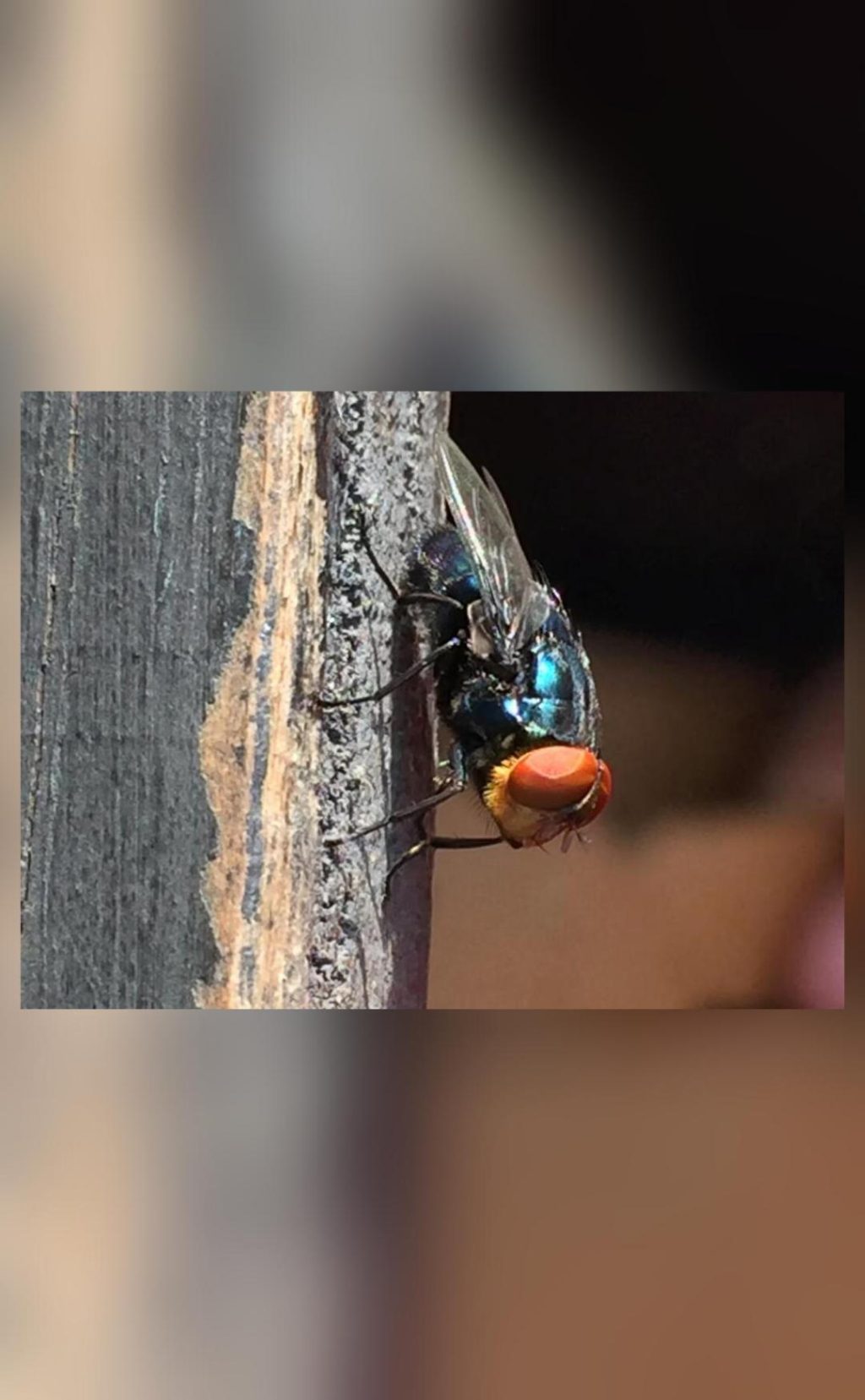
Why is US planning to breed screwworm flies & dump them from planes over Mexico?
In a bizarre move, the United States government has announced plans to breed billions of male flies and release them from planes over Mexico and southern Texas to combat the flesh-eating larvae of the New World screwworm fly. The move is aimed at protecting the country’s beef industry from the pests, which can cause significant economic losses.
According to a report by the Hindustan Times, the US government has been planning this operation for months, and it is expected to begin soon. The plan involves breeding millions of male flies, sterilizing them with radiation, and releasing them into the wild to mate with female flies. The goal is to reduce the population of the screwworm fly and prevent future infestations.
The New World screwworm fly, also known as Cochliomyia hominivorax, is a type of fly that lays its eggs in the wounds or orifices of animals, including cattle, horses, and humans. The larvae that hatch from these eggs feed on the flesh of the host, causing significant damage and often leading to death.
The screwworm fly was once a major problem in the United States, but it was eradicated in the 1960s through a similar program that involved releasing sterilized male flies to mate with female flies. However, the fly has recently reappeared in southern Texas and is now spreading to other parts of the country.
The US government’s plan to breed and release millions of male flies is designed to prevent the spread of the screwworm fly and protect the country’s beef industry. The operation is expected to be carried out by the US Department of Agriculture (USDA) in collaboration with the Mexican government.
So, how will this operation work? According to the Hindustan Times report, the male flies will be bred in laboratories and then sterilized with radiation to prevent them from reproducing with female flies. The sterilized males will then be released from planes over Mexico and southern Texas, where they will mate with female flies. The female flies will not be able to reproduce, and the population of the screwworm fly will eventually die out.
The operation is expected to be carried out over several months, with millions of male flies being released each week. The flies will be released at night, when they are most active, and will be monitored using GPS tracking devices to ensure that they are spreading as intended.
While the plan may seem unusual, it is a tried-and-true method for controlling the screwworm fly population. The same technique was used in the 1960s to eradicate the fly from the United States, and it has been used successfully in other parts of the world.
However, some experts have raised concerns about the safety of the operation. They argue that releasing millions of flies into the wild could have unintended consequences, such as the flies spreading disease or causing disruptions to ecosystems.
In addition, there are concerns about the potential impact on the environment and human health. The flies could potentially spread disease to humans and animals, and their release could disrupt the balance of ecosystems.
Despite these concerns, the US government is moving forward with the plan, citing the need to protect the country’s beef industry and prevent economic losses. The operation is expected to be carried out in collaboration with the Mexican government and other stakeholders, and it will be closely monitored to ensure its success.
In conclusion, the US government’s plan to breed and release millions of male screwworm flies to combat the flesh-eating larvae of the New World screwworm fly is a bold and unusual move. While it may seem unconventional, the operation is a tried-and-true method for controlling the screwworm fly population and preventing economic losses to the beef industry.



